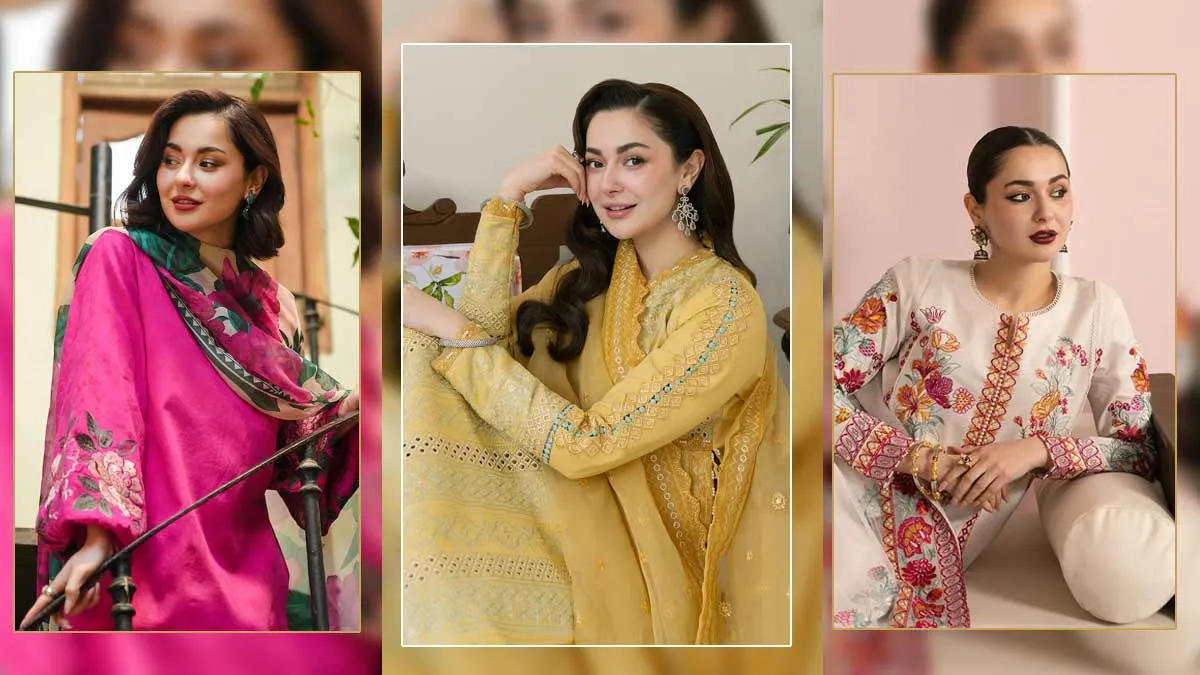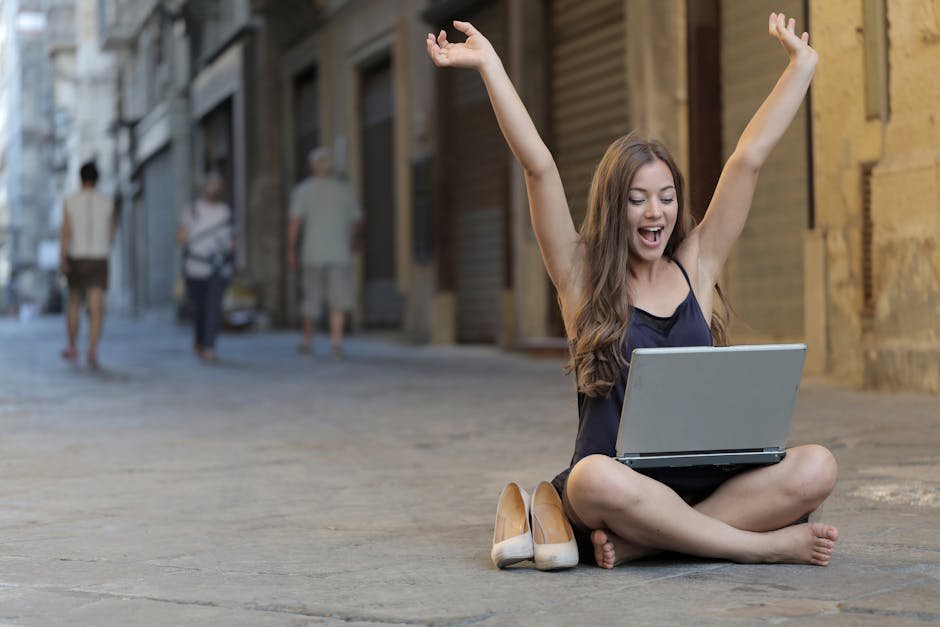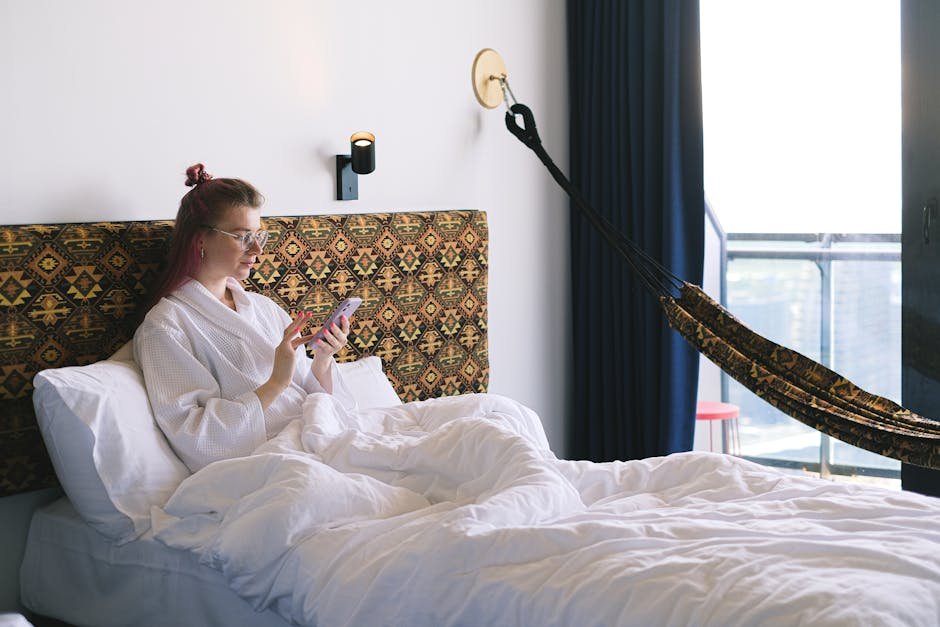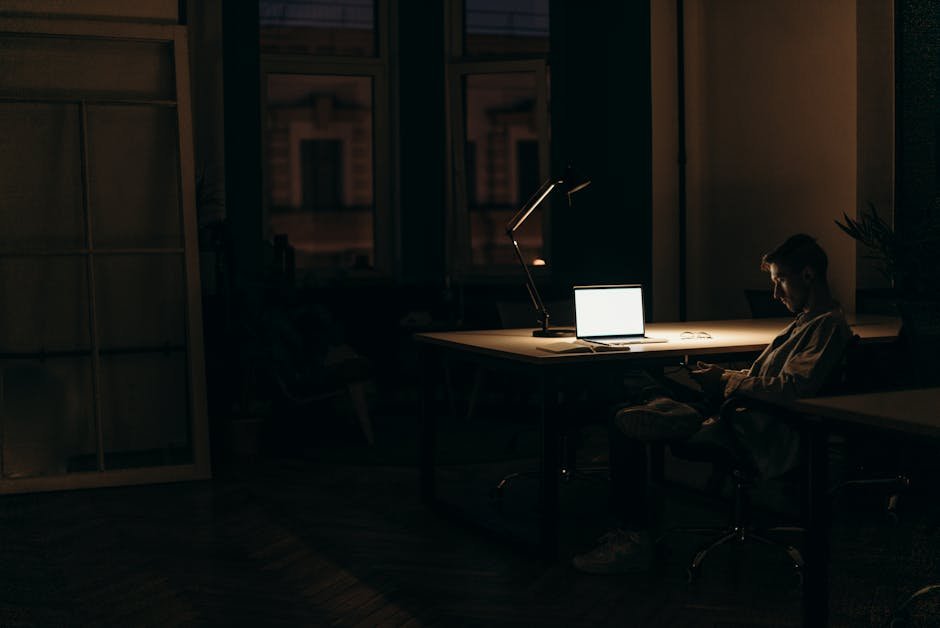In the elegant trinity of the classic Pakistani ensemble—the shalwar, the kameez, and the dupatta—it is the dupatta that holds the poetry. It is the cascade of colour and texture that flows over the shoulder, the final, graceful flourish that completes and elevates the entire look. Far from being a mere accessory or an afterthought, the dupatta is a canvas for breathtaking artistry, a symbol of grace and heritage, and arguably the most versatile and expressive styling tool in the entire South Asian wardrobe.
While the silhouette of the kameez may change with the seasons, the dupatta remains a constant, a piece that can transform the mood of an outfit from casual to formal, from minimalist to opulent, with a simple, elegant drape. To truly understand the art of Pakistani style is to understand the power and the beauty of the dupatta.
This is a deep dive into the enchanting world of this essential garment. We will explore its rich cultural significance, the incredible variety of fabrics and crafts it showcases, and provide a practical, inspirational guide to the many beautiful ways it can be styled to express your unique personality.
Section 1: The Cultural and Historical Significance of the Dupatta
The dupatta, also known as a chador or chunnari, is a garment steeped in centuries of history and cultural meaning. Its role has evolved over time, but its essence as a symbol of grace remains unchanged.
A Symbol of Modesty and Grace
Historically, the dupatta’s primary role across South Asia was as a symbol of modesty and respect, used by women to cover their heads and shoulders, particularly in formal or religious settings. This tradition continues today, where draping a dupatta over one’s head is a sign of respect at a religious gathering or in the presence of elders. Beyond modesty, however, it has always been associated with a particular kind of feminine grace and elegance, known as haya.
From Simple Veil to High-Fashion Statement
While its traditional roots are in modesty, the modern dupatta has evolved into a powerful fashion statement. Contemporary Pakistani designers have transformed it from a simple piece of cloth into the centrepiece of their most elaborate couture creations. It is now often the most heavily and exquisitely embellished part of a formal outfit, a canvas for showcasing the most intricate and expensive forms of craftsmanship.
A Canvas for Regional Craftsmanship
The dupatta has long been a way for different regions of the subcontinent to showcase their unique, indigenous craft traditions. A beautifully crafted dupatta can act as a cultural signifier, telling a story about its origin. This includes:
- The Phulkari of Punjab: Characterized by its vibrant, dense floral embroidery in silk thread that often covers the entire fabric.
- The Ajrak of Sindh: Known for its rich, deep colours (primarily crimson and indigo) and its complex geometric patterns, created through a meticulous process of block-printing.
- The Bandhani of Gujarat/Sindh: A traditional tie-dye technique that creates intricate patterns of tiny dots.
Section 2: A Lexicon of Dupatta Fabrics and Embellishments
The fabric of a dupatta dictates its drape, its feel, and the occasion for which it is appropriate. The variety is immense.
The Everyday Elegance of Cotton, Voile, and Lawn
For daily wear and casual ensembles, dupattas are made from lightweight, breathable fabrics. Cotton dupattas are workhorses—durable and comfortable. Voile is a finer, semi-sheer cotton that offers a softer drape. Lawn, the quintessential Pakistani summer fabric, is a high-thread-count cotton with a silky finish, perfect for holding vibrant digital prints.
The Ethereal Drape of Chiffon, Georgette, and Net
For formal and semi-formal wear, sheer, flowing fabrics are preferred. Chiffon is incredibly lightweight and has a beautiful, airy drape. Georgette is slightly heavier and more opaque than chiffon, with a crinkly texture that gives it a wonderful bounce and movement. Net is a very open, sheer fabric that serves as a delicate, almost invisible base for heavy embroidery and appliqué work, making the embellishments appear to float.
The Woven Wonders of Banarsi Silk and Jamawar
These are the aristocrats of dupatta fabrics. A Banarsi silk dupatta, hand-woven in the ancient city of Varanasi with intricate brocade patterns of gold and silver zari thread, is a timeless investment piece. It is often paired with a simple, plain suit to create an look of effortless, old-world luxury. Jamawar, a similarly rich brocaded silk, often featuring paisley motifs, is another symbol of opulence.
The Regal Warmth of Velvet and Pashmina
For the winter wedding season, a velvet dupatta is the ultimate statement of regal luxury. The deep, plush pile of the velvet provides a perfect, sturdy canvas for the most opulent Zardozi and Dabka embroidery. For a different kind of warmth and luxury, a pure Pashmina shawl from Kashmir, known for its incredible softness and intricate hand-embroidery, can be used as a breathtaking and timeless dupatta.
Section 3: The Art of the Drape – A Step-by-Step Styling Guide
How you drape your dupatta can completely change the silhouette and formality of your outfit. Here are some of the most popular styling techniques.
Classic Drapes for Shalwar Kameez
- The One-Sided Shoulder Drape: This is the most common and classic drape. Simply fold the dupatta lengthwise and drape it over one shoulder, allowing it to hang down your back and front. It is elegant, effortless, and keeps one arm free.
- The Neck Drape: For a more modern, relaxed, and casual look, you can drape the dupatta around your neck, much like a standard Western scarf, letting both ends hang down the front.
- The Full Coverage Drape: For a more formal, modest, or traditional look, open the dupatta to its full width, drape it around your back and over both shoulders, and then pin it neatly to the front of your kameez on both sides.
Formal and Bridal Drapes for Lehengas and Gowns
- The Saree-Style Drape: This is a very popular and graceful style for formal events. One end of the dupatta is tucked into the waist of the lehenga skirt, then wrapped around the back and draped elegantly over the opposite shoulder, mimicking the look of a saree’s pallu.
- The Royal Double Dupatta: This is a major bridal trend. The bride wears two dupattas: a lighter, sheer one is pinned to her hair and draped over her head as a veil, while a second, heavier and more ornate dupatta is draped across her body in the saree style.
- The Wrist-Tuck Drape: A romantic and modern style where one corner of the dupatta is tucked into or wrapped around a bracelet or bangle on your wrist. This secures the dupatta while allowing it to flow beautifully with the movement of your arm.
Modern and Fusion Styling
- The Cape Drape: Create a dramatic, high-fashion look by pinning the center of one edge of your dupatta to the back of your kameez’s neckline, and the two corners to the top of the shoulders. This allows the dupatta to flow behind you like a majestic cape.
- The Belted Drape: For a sharp, contemporary silhouette, drape your dupatta in a classic style over your shoulders and then secure it at your natural waist with a slim, elegant belt.
The Dupatta as an Investment Piece
A savvy approach to building a versatile wardrobe is to invest in statement dupattas. A single, exquisitely crafted dupatta can be used to create dozens of unique looks. A simple, plain suit in a neutral colour like ivory, black, or beige can be completely transformed by pairing it with a vibrant, hand-painted organza dupatta one day, and a regal Banarsi silk dupatta the next. Investing in a small collection of high-quality, artisanal dupattas is a far smarter and more sustainable strategy than buying a large number of complete, trend-driven outfits.
The dupatta is far more than an afterthought. It is the soul of the ensemble—a garment that holds deep cultural significance, showcases incredible artisanal skill, and offers limitless possibilities for personal expression. To appreciate the dupatta is to understand the true heart of Pakistani fashion. To explore the incredible diversity and beauty of this essential garment, from a simple printed lawn piece for everyday elegance to a breathtaking, hand-embroidered masterpiece, the journey begins with finding a source that celebrates this art form. A trusted online boutique for authentic Pakistani Dresses will always offer a stunning collection of these wearable works of art, each one waiting to complete your story.







